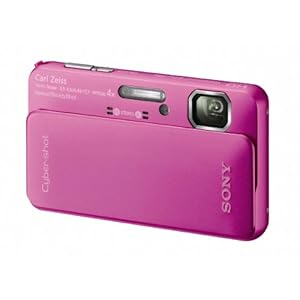YouTube is the most popular video streaming website, it has thousands of videos on nearly every topic imaginable, all user can submit and free to watch. The videos are currently offered in widescreen format, though most videos upload retain the original 4:3 aspect ratio. In addition to widescreen, videos can now be uploaded and viewed in high quality.
Videos on Youtube are often short homemade movies, but many record labels are now releasing low-quality versions of their most popular music videos on the website. If you're looking for a recap of the latest sports game, news cast, or speech, Youtube is your best option.
YouTube can support many different video formats, however in most cases you may need to compress the videos before uploading to YouTube website, and the output quality may vary greatly by the different video formats. So it does help to understand a few basics and create videos in the best YouTube video format that will work for uploading to YouTube.
YouTube supported video format:
Windows Media Video (.WMV)
3GP (Cell Phones)
AVI (Windows)
MOV (mac)
MP4 (iPod/PSP)
MPEG
FLV (Adobe Flash)
SWF (Shockwave Flash)
MKV (h.264)
3GP (Cell Phones)
AVI (Windows)
MOV (mac)
MP4 (iPod/PSP)
MPEG
FLV (Adobe Flash)
SWF (Shockwave Flash)
MKV (h.264)
What is the best format for YouTube video uploading:
Best format for YouTube: H.264, MPEG-2 or MPEG-4
Aspect Ratio: Native aspect ratio without letterboxing (examples: 4:3, 16:9)
Resolution: 640x360 (16:9) or 480x360 (4:3) recommended
Audio format: MP3 or AAC preferred
Frames per second: 30
Maximum length: 10 minutes (we recommend 2-3 minutes)
Maximum file size: 1 GB
Aspect Ratio: Native aspect ratio without letterboxing (examples: 4:3, 16:9)
Resolution: 640x360 (16:9) or 480x360 (4:3) recommended
Audio format: MP3 or AAC preferred
Frames per second: 30
Maximum length: 10 minutes (we recommend 2-3 minutes)
Maximum file size: 1 GB
About YouTube:
Pros: Youtube offers 16:9 aspect ratio, high quality video playback, support for nearly every video format, a large audience for your videos, the ability to embed videos on a blog or website, video reply feature, customizable personal video page, the ability to limit video access.
Cons: While the website is wildly popular, it does have a few problems. There is an excess of spam comments, a video limit of 100MB, and only standard-quality videos can be embedded on blogs or websites.









